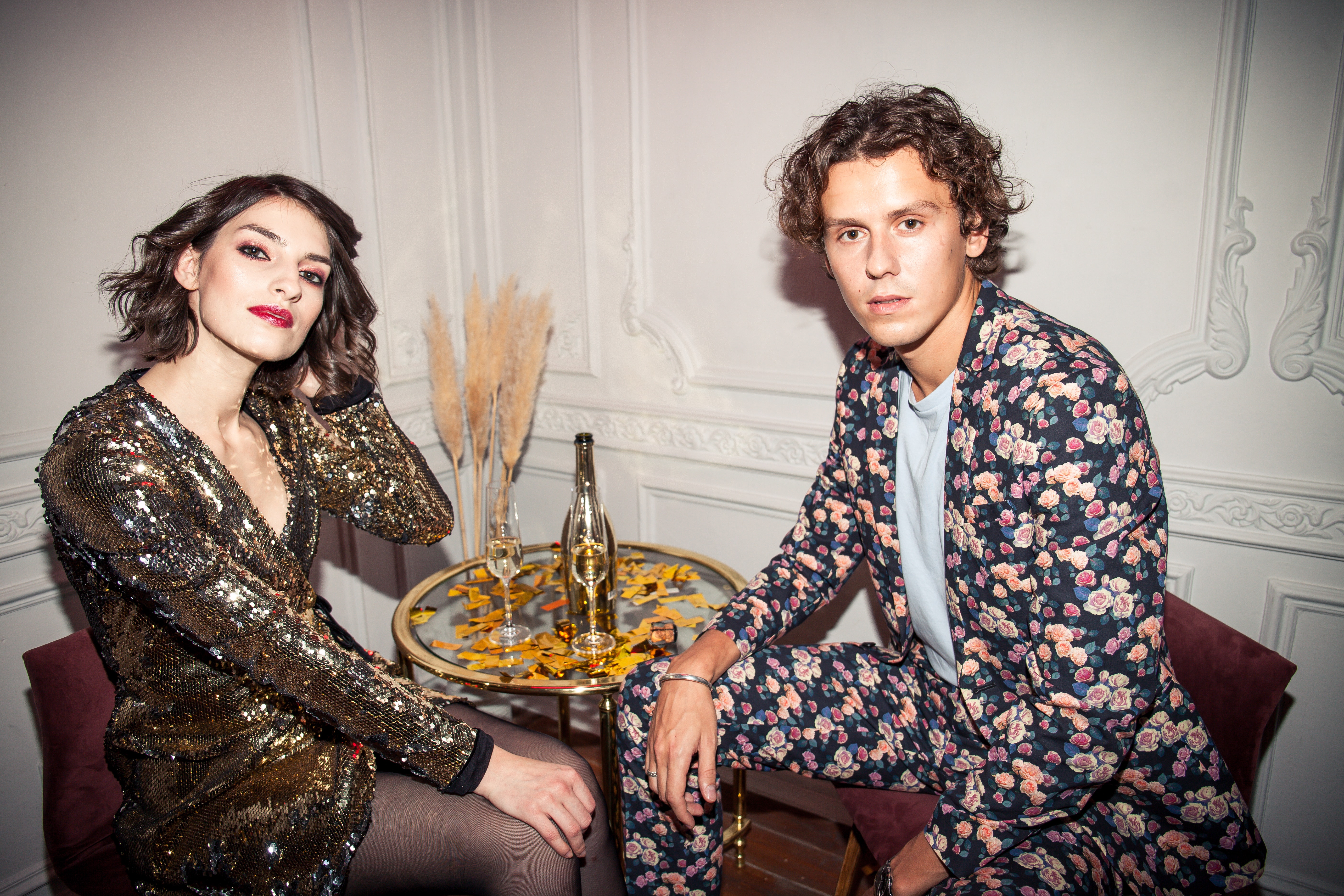
Context
They are beautiful, often young and live a life of luxury they like to share with their followers on social media: high-net-worth influencers have become an inspiration for young people who want to follow in their idols’ footsteps or live vicariously through them. However, in some circles, wealthy may mean spoiled. For instance, influencer Kylie Jenner was criticized for her lavish gifts to her daughter Stormi. Is it still possible to relate to one’s idol when she spends more than two months of average income on a Fendi stroller for her child? Luxury consumption sometimes seems wasteful or unethical, thus tarnishing the influencer’s image.
Research questions
Since there is a tension between ethical constraints and luxury lifestyles, Leban, Thomsen, Von Wallpach and Voyer explain how high-net-worth influencers reconcile their luxury consumption with ethicality in an article published in 2020 in the Journal of Business Ethics.
Method
The authors conducted an in-depth study of the Instagram posts of five high-net-worth influencers. All informants were interviewed about their luxury consumption experience, their views of luxury and ethical behavior. One of the limitations of this research is obviously the low number of informants, which were particularly hard to recruit (only five influencers out of forty-two agreed to partake in the study). Although this limitation undoubtedly affects the external validity of the study, there are many lessons to be learnt from this research.
The data was analyzed differentiating stage-related consumption, which includes the choice of props (consumption objects) and scenery (consumption venues), from performance-related consumption, which includes the choices and enactment of consumption roles and behaviors that help staging the self and interacting with others. This type of analysis is particularly relevant to study the Instagram behavior of influencers, which consists in displaying an appropriate scenery to stage one’s ideal self.
Results
The authors identified three personas influencers can enact (separately or simultaneously) to bridge the gap between their luxury consumption and ethical constraints:
1) The ambassador of “true luxury”
This persona allows influencers to reconcile their luxury consumption with ethicality by promoting “true” luxury over “untrue” luxury. “True” luxury is about sustainability, sobriety and class. It is a way to feel free and enjoy life, that should not center around the accumulation of useless possessions. “True” luxury strongly condemns ostentation and wastefulness. Consequently, when influencers enact this persona, their Instagram posts show a restrained, tasteful, inconspicuous luxury consumption, which is compatible with ethicality.
2) The altruist
Influencers enacting this persona show how their own moral values perfectly fit in with their luxury consumption. On Instagram, altruists promote ethical luxury consumption by occasionally showcasing charitable brands, products or habits, or by engaging in philanthropy. In a way, their moral lifestyle offsets their luxury consumption.
3) The “good” role model
In the vein of the “altruist” persona, “the good role model” persona strives to change the image of high-net-worth influencers, who are often depicted as “spoiled kids”. It aims at proving how luxury consumption is compatible with irreproachable behavior. Consequently, Instagram posts show influencers at their best, but they also allow the public to identify with influencers and better follow their example.
Why is this article relevant for researchers?
The research gives further insight in the possible reconciliation of ethicality and luxury consumption through social media. It identifies three reconciliation strategies used by influencers. Since data collection was limited, future research should first focus on demonstrating the external validity of this research, studying other social media and influencers, and using different methods. These results could then be extended to the role of brand endorsers or community management. The impact of conversation on social media to bridge the gap between morality and luxury could also be studied.
Why is this article relevant for professionals?
This article clearly identifies ways to behave for influencers who wish to reconcile their luxury consumption with ethicality and erase their “spoiled kids” image on Instagram. Many influencers already master these tricks and resort to the three personas:
– ambassadors of true luxury: Amandine Petit (Miss France 2020), avoids tackiness and chooses to display high-class content,
– altruists: Kim Kardashian often communicates on her engagement against death penalty, while Pamela Anderson regularly posts in favor of animal protection,
– good role models: Kourtney Kardashian uses Instagram to promote her healthy habits, or her efforts to be a better parent, as well as to show off her luxurious lifestyle.
Brands have picked up on this new trend and often entrust the promotion of their products to influencers. Thanks to the behavior code identified in the articles, luxury brands could better choose which kind of influencers they wish to be associated with.
Moreover, this research could be inspirational to all community managers of luxury brands, way beyond influencers and Instagram. For instance, Veuve Clicquot regularly uses the “ambassador of true luxury” persona to stage its bohemian chic image, but it also occasionally enacts upon the “altruist” persona to show its concern for contemporary causes, such as the Black Lives Matter movement. On Twitter, in between shots of their newest products and collection, Louis Vuitton also shows support to the transgender community.
